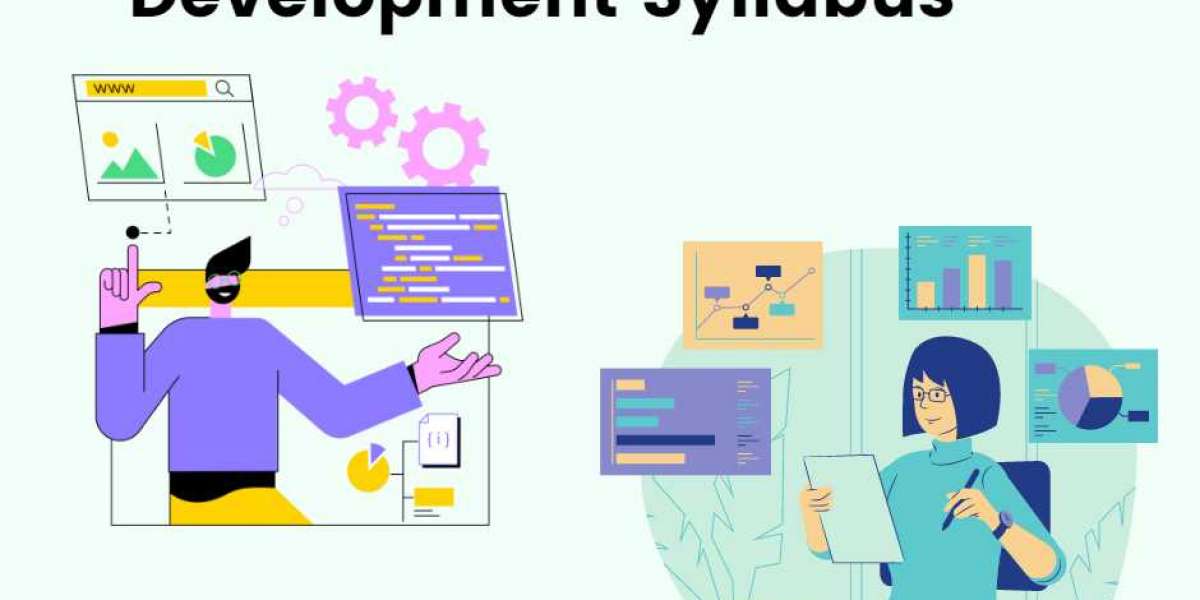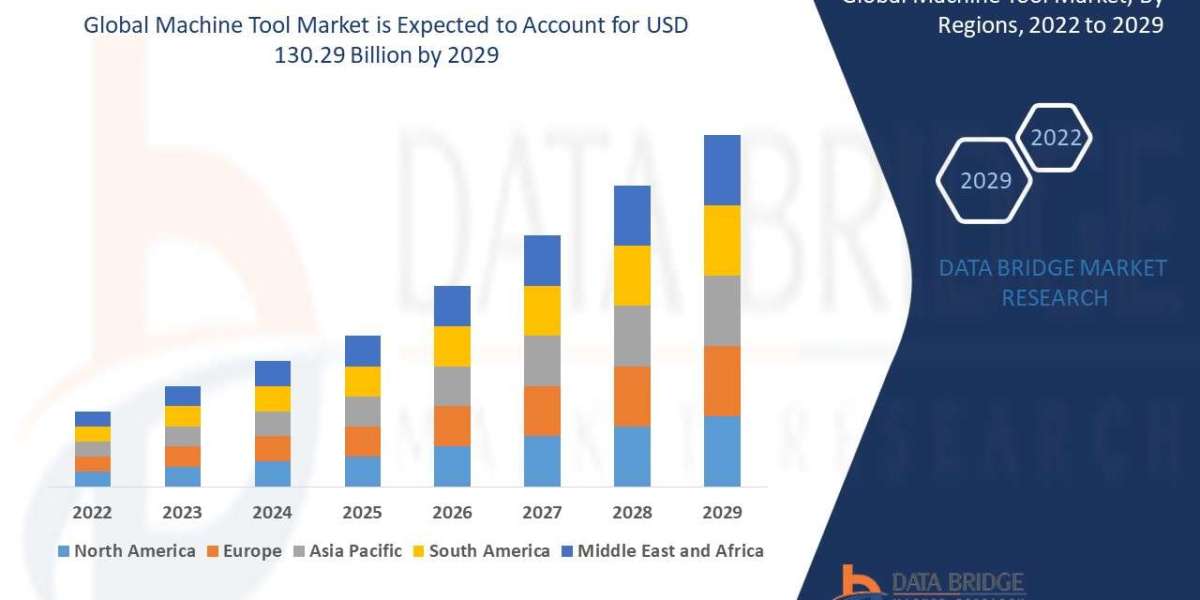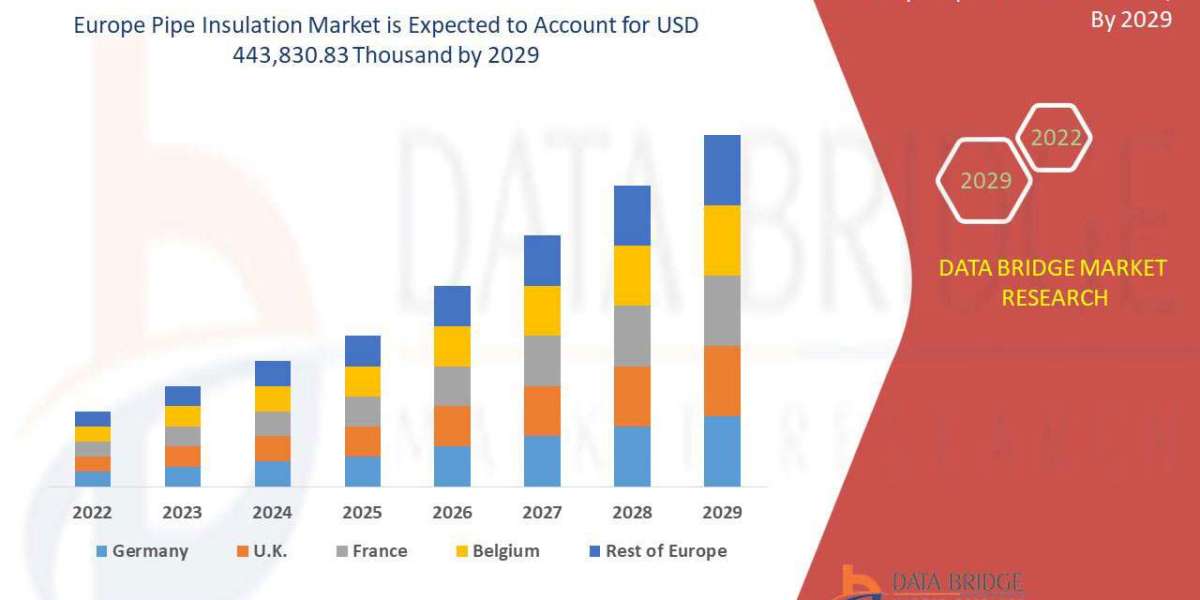The demand for full-stack developers is projected to rise as web applications, and website use continue to rise. The demand for full-stack engineers is also driven by the growing complexity of online applications and the requirement for seamless interaction between their front-end and back-end.
Java Full Stack Development
A Java full-stack web developer is one who has an extensive understanding of and expertise with full-stack Java tools and frameworks. Online application development is made simple by utilizing servlets, core Java, the REST API, and other Java suite of technologies capabilities. A full stack developer course will teach the essentials of front-end, middleware, and back-end web development technologies. You'll discover how to build an entire application, test and publish code, store data in MongoDB, and more.
Statistics on full-stack development
- Full-stack developers are the second most in-demand sort of developer, behind data scientists, according to a Stack Overflow study in 2021.
- With an average annual income of $71,000, full-stack developers were determined to be the highest-paid category of developers in the same poll.
- Several developers have expressed interest in pursuing careers in full-stack development, making it a common career choice. 42.1% of respondents to the Stack Overflow survey from 2021 identified as full-stack engineers.
Non-technical individuals are capable of becoming full-stack developers. A strong computer science and programming background is beneficial, but it is not a prerequisite for becoming a full-stack developer.
So, How long it takes to become an Successful Full-Stack Web Developer
Full-stack web development proficiency can be attained in various amounts of time, based on various variables, including an individual's prior experience and expertise, their preferred learning method, and the amount of time they have available for study and practice.
According to some estimations, it takes an individual between three and five years to become an expert, though this might change based on their level of commitment and the resources they have at their disposal. Learning full-stack web development should be approached with a long-term outlook.
Technology and skills needed to become a full-stack developer
It takes a diverse set of abilities and an understanding of web development's front-end and back-end to be a proficient full-stack developer. An experienced full-stack developer should be knowledgeable in the following areas:
Front-end development
- HTML: The most common markup language used to create web pages is HTML.
- CSS: Cascading Style Sheets (CSS) is a language for creating stylesheets that describe how an HTML document should look and be formatted.
- JavaScript: Interactive features on web pages are frequently made using JavaScript, a programming language.
Back-end development
- Server-side programming languages: such as Python, Java, or Ruby, should be mastered by experienced full-stack engineers.
- Database administration: Qualified full-stack developers should know database management systems and have the skills necessary to create and maintain effective databases.
- Application Programming Interfaces (APIs): Skilled full-stack developers should be able to create and implement APIs, which enable communication between various systems.
Expert full-stack developers should be proficient in these technical areas and have good communication, problem-solving, and teamwork skills.
Here is a breakdown of the full stack web developer’s course curriculum
Depending on the program or organization conducting the course, the full-stack web development course syllabus can differ greatly. An outline of some of the subjects that can be covered in a full stack web developer course is given below:
Front-end development
- HTML: The most common markup language used to create web pages is HTML. Among the subjects covered in a full-stack web development course can be HTML syntax, elements, and tags, as well as methods for organizing and designing web pages.
- CSS: Cascading Style Sheets (CSS) is a language for creating stylesheets that describe how an HTML document should look and be formatted. Among other things, a full-stack web development course might go on CSS selectors, properties, units, layout, and styling methods.
- JavaScript: Interactive features on web pages are frequently made using JavaScript, a programming language. The JavaScript syntax, data types, control structures, and methods for interacting with DOM elements and sending HTTP requests may all be covered in a full stack web developer course.
Back-end development
- Server-side languages: Python, Java, and Ruby are a few server-side programming languages frequently used in web development. The logic and business logic of the application is written in these languages, which are often run on a server or in the cloud.
- Databases: Online applications frequently need the ability to store and retrieve data; a database management system (DBMS) is typically used for this. MySQL is a well-liked DBMS for web development.
- Server-side frameworks: These tools can make it easier for developers to create maintainable code and provide web applications with a structure and set of conventions. Popular server-side frameworks include Spring (Java) and Django (Python).
So these were the latest concepts that will be covered in the full stack developer course curriculum. Start mastering them by joining Learnbay’s full stack software developer course now to stay ahead of the competition.
Good luck!








